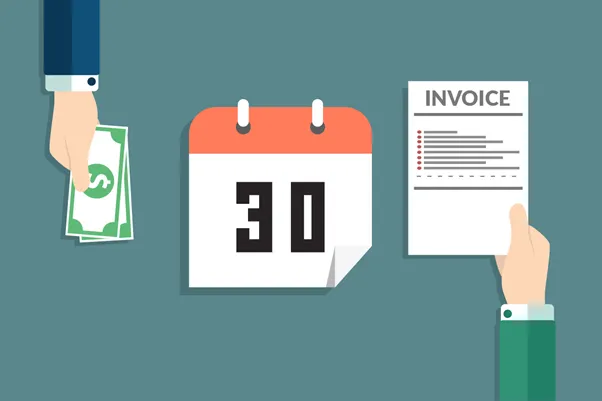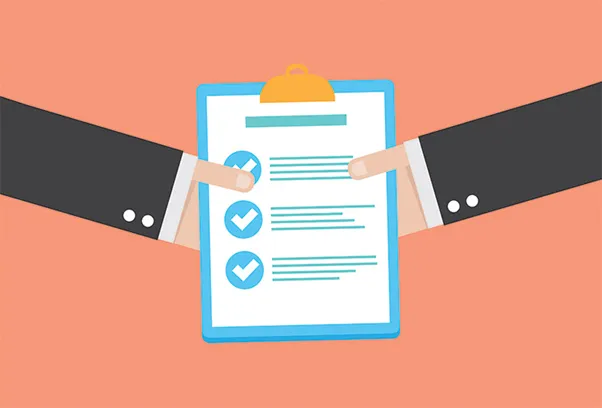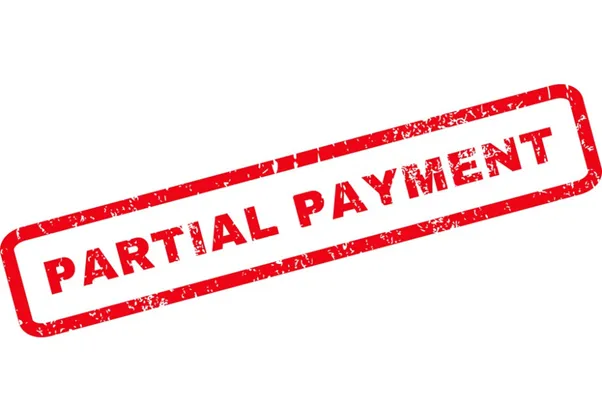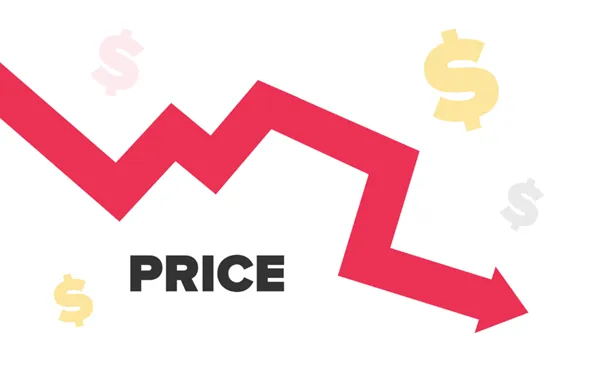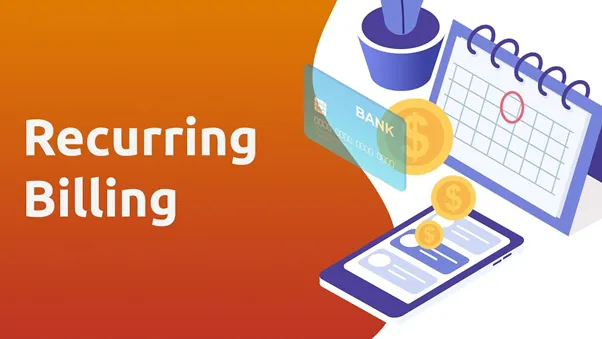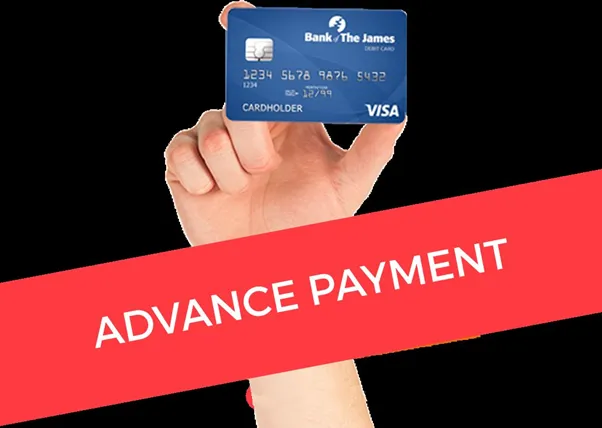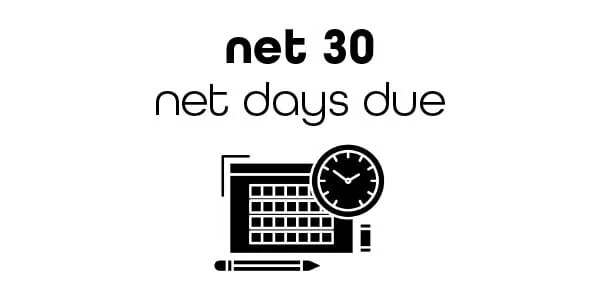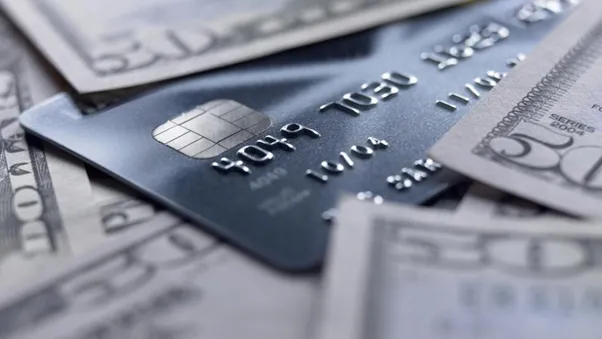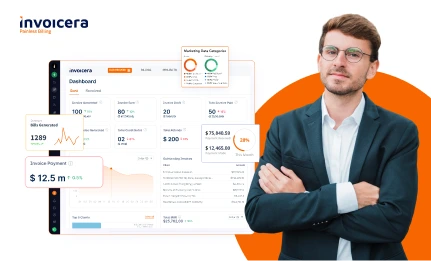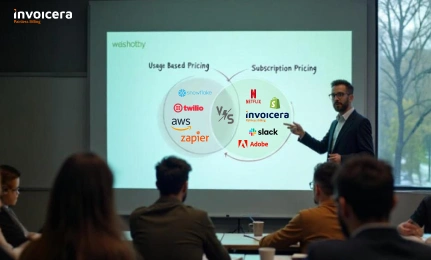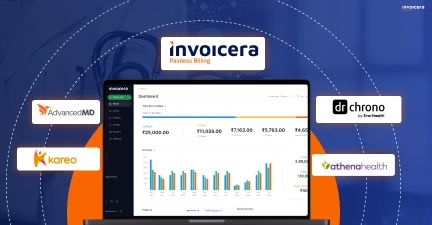Regardless of sector or size, businesses need cash flow from clients and consumers to meet their operating costs, such as employee wages and electric bills. That is why knowing and understanding invoicing or payment terms is so important. Without these bills, you won’t get reimbursed for the services or items you provided, which means you might face difficulties meeting your expenses.
Your invoice is as valuable as the “payment terms and conditions” that you include. Without them, you won’t be telling people when you expect the payment and other criteria like your preferred payment option, incentives for early payments, and consequences of late payments.
Payment terms might help firms get paid regularly. Fixed-term payment programs are excellent. You may quickly build a budget and produce financial projections to avoid cash flow difficulties.
The terms you set on your invoices when sending them out may influence your company’s success. Let’s discuss the most critical invoicing and most common payment terms:
Top 10 Invoicing & Payment Terms for Successful Business
-
Net 1o 30 60 90 payment terms
Net refers to when your client is to pay you. For example, net 30 means your clients have 30 days to pay you after sending them an invoice. If they don’t pay within the time frame, they have to bear a late fee. Net terms are typically only offered to larger clients or businesses with a long-standing relationship with their suppliers (not necessarily just you). If you can get net terms from one of your clients, it’s probably worth hanging onto them and doing business again in the future – if for no other reason than making sure that the next invoice will be paid on time!
If you aren’t in a position to offer net terms and don’t have a long-standing relationship with your client, then you may want to go with 60/90-day terms instead. This gives your client some time to pay, but not too much. It also avoids any late fees that might be charged if they get behind on their payments.
-
Cash on Delivery
Some businesses are happy to receive payment upon delivery of their product. This is an excellent option for high-value items or one-of-kind products, where you don’t want to take any risk with securing payment beforehand. With your business’s cash-on-delivery options, you ship your product and collect funds when it arrives at its destination.
Cash on delivery can also benefit from international shipping since most banks and payment companies won’t handle currency exchanges outside their borders. If you decide that cash on delivery is right for your business, create an invoice online using services like Invoicera for a simplified payment process.
—————————————————————————————————–
Also Read: 10 Features of Invoicing Software
—————————————————————————————————–
-
Terms of Sale
When buying or selling a product, it’s essential to be aware of the standard terms of sale used in the transaction. Some standard terms include:
- The price of the goods or services being sold
- The payment terms, including when and how payments are to be made
- Shipping information, including delivery dates and methods
- Any warranties or guarantees offered for the goods or services being sold
- The return policy for the goods or services being sold
It is about the buyer’s and seller’s attitudes towards each other to minimize any potential misunderstandings or disputes since both parties are clear on what they expect and are happy with the standards.
The legal document that establishes the terms of sale is essential in international trade since it covers who is responsible for international duties and taxes, and any other factors that the international chamber of commerce regulations has determined.
Make sure you check out some online expense tracker tools—they make it easy to create an invoice online, track expenses and get reports. It also helps create professional invoices quickly and easily!
-
Deliveries with Partial Payments
Partial payments are commonly used in the business world. They involve making a payment for only a portion of the total cost of a product or service. This type of payment can be helpful to both buyers and sellers.
For buyers, partial payments can help spread out the purchase cost. This makes it easier to afford more significant purchases. It can also help buyers avoid taking out loans or putting too much debt on their credit cards.
For sellers, partial payments can help to speed up the collection process. When a buyer pays for part of the order upfront, it gives the seller more incentive to quickly send the rest of the order. It can also help sellers keep track of their sales and ensure they are getting paid for all the items they sell.
You can also consider working with a company that offers online invoicing and accounting for payment terms for small businesses—you can create an invoice online and then track its progress through completion. This way, you’ll stay informed of the flow of your money.
-
Unit Price Reduction (UPR)
An automatic discount comes with a large order. UPR is also known as quantity discounts, bulk discounts or volume discounts and can be stated as a percentage or dollar amount. The smaller your order, the higher your unit price will be. However, if you need a specific item or have room to store it (for example, warehouse space), you can save money by placing a larger order and getting a lower unit price. This method of reducing costs is often used when working with wholesalers who sell large quantities of items to retailers at discounted prices.
When UPR is stated as a percentage, it is usually figured per item. A business selling many items might be able to negotiate UPR in which their price would drop by 10 percent for every doubling of items sold. An example would be if you needed 1,000 T-shirts and were offered a UPR of 8 percent.
—————————————————————————————————–
Also Read: 8 Tips to Reduce Errors in Accounts Payable
—————————————————————————————————–
-
Recurring Invoice
A recurring invoice is an invoice that will be automatically generated and sent to a customer at fixed intervals. The intervals can be based on time (e.g., monthly, quarterly, annually), or on usage (e.g., number of products purchased, amount of money spent).
A recurring invoice is a great way to make sure that your customers are always aware of how much they owe you, and it can also help to ensure that you receive payments on time. You can create recurring invoices using recurring billing software to make the process easy and efficient.
If you are looking for a way to improve your billing process, then consider using recurring invoices. They can save you time and money and are a great way to keep your customers informed about their payments.
Sign up to try the best subscription billing software and streamline your recurring billing process-
-
Payment in Advance
Payment in advance, or prepayment, is a term used in business to describe any form of payment made before the delivery of goods or services. The term is often used when a seller wants to ensure that he will be paid for the goods or services he provides, especially if the buyer has a history of not paying on time.
When it comes to making pre-payments, businesses can choose from a few different options. One option is for the business to pay the supplier upfront for the goods or services provided. Another option is for the business to pay its employees in advance for the work they will do in the future. And finally, businesses can also use pre-payment arrangements with their customers, where they pay for a good or service in advance.
For example, a freelance video editor may need a 40-50% down payment before starting a project. Advances safeguard sellers from non-payments and any out-of-pocket costs that may incur to complete the project.
There are a few benefits of using pre-payment arrangements. For one, they can help businesses to manage their cash flow better. They allow businesses to bring in money sooner than they would if they waited until the goods or services were delivered.
Additionally, pre-payment arrangements can help businesses build stronger relationships with their suppliers and employees. This shows that the business is willing to trust them and work with them in the future.
-
Invoice Factoring
Invoice factoring is a type of financing in which a business sells its accounts receivable (invoices) to a third party, called a factor, at a discount. The factor then collects the money owed to the business from the customers on the invoices.
The major benefit of invoice factoring is that it provides businesses with immediate cash flow. This can be helpful for companies that are experiencing short-term financial difficulties or need to make large purchases but don’t have the cash on hand to do so.
-
2/10 Net 30
The phrase – “Net 30” implies that the client or consumer must make a payment within 30 days. However, if they pay within ten days, they will get a 2% discount. Of course, you can alter these terms at any time.
For example – You might improve the incentive by offering a 10% discount on your product or service if the invoice is paid in five days.
This is a great way to ensure that you get paid on time while also providing a small incentive for your clients to pay quickly. It’s a win-win situation for everyone involved.
-
Line of Credit Pay
A client may choose this payment option if he wishes to pay his bills in installments monthly or quarterly. In other words, it’s allowing the customer to buy something on credit.
Because of the risk involved and its potential to reduce your cash flow, more prominent firms typically use this rather than small-to-medium organizations.
Closing Thoughts
We all understand that to have a successful business, it’s essential to be aware of the different invoicing and payment terms that are available to you. By understanding these terms and using them correctly, you can ensure that your customers pay on time and that you receive the payments you’re owed. If you need help setting up or managing your invoices, consider using an online invoice software like Invoicera. With its help, you can streamline the invoicing process and get paid faster for your work.
Try the best small business invoice software and manage all your invoices in one place, contributing to effective workflow.
What invoicing term do you find most useful in your business? Tell us in the comment section below-
Thanks for reading!!

